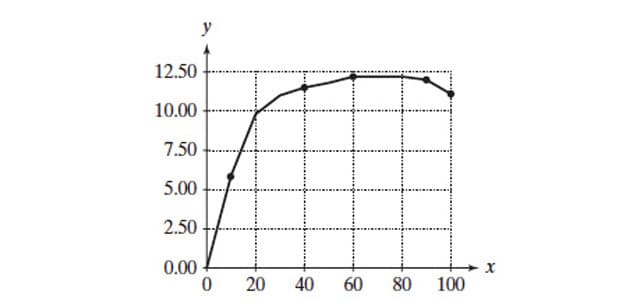With gold medals in three sprinting events at three Olympic Games, Usain Bolt is arguably the fastest human of all time. But just how fast is the Jamaican sprinter?
Three mathematicians show how to calculate Bolt’s maximum velocity in the 100 meters at the 2008 Beijing Olympics in their textbook Calculus for the Life Sciences (Wiley, 2014).

Given Bolt’s times for each 10-meter split in the 2008 100-meter race, you can first plot a graph which shows Bolt accelerating for the first 60 meters, holding the same pace for the next 20 meters then slowing down slightly. That straight-line plot cannot show the exact maximum velocity, because it just connects the known data points 10 meters apart.

Sebastian Schreiber of UC Davis, Wayne Getz of UC Berkeley, and Karl Smith of Santa Rosa Junior College show that using calculus, you can fit an equation to these data so that you can calculate Bolt’s velocity and acceleration at every moment of the race.
The result shows that Bolt reached his “maximum instantaneous velocity” of 12.28 meters per second 7.17 seconds after leaving the blocks, then started to slow down, for a final time of 9.69 seconds including 0.17 seconds to react to the starting gun.
That’s equivalent to about 28.45 miles per hour, says Schreiber, who notes that this is “faster than a charging African elephant but slower than a hyena,” at least according to Wikipedia.
Do other animals get runner’s high?
Bolt set an even faster time of 9.58 seconds for the 100-meter sprint, still an unbroken world record, at the Berlin World Championships in 2009. Getz says that they have not yet analyzed the data from that run, but he expects the results to be much the same.
Source: UC Davis


